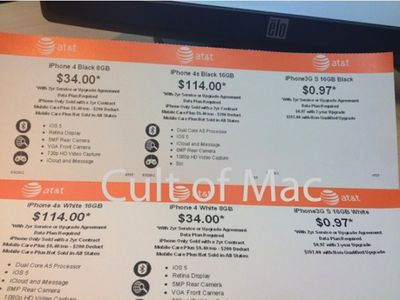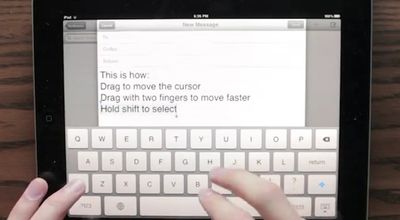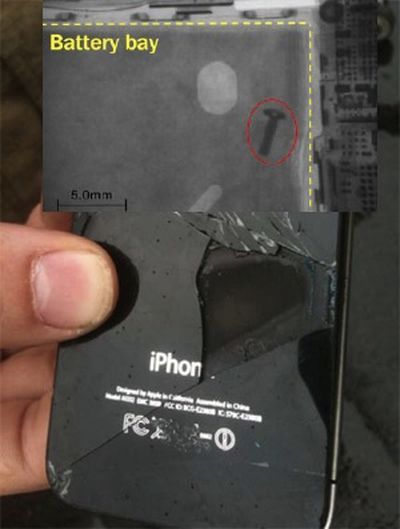Photo sharing service TwitPic has released its first iPhone app, saying in an interview that the company "wanted to provide a better experience for our users."
The app, which looks something like Instagram, includes a photo editor with effects, cropping and other photo editing features. It also allows users to see their friends' photos and the most popular pictures across the service.
TwitPic is a name known to many a Twitterer. Launched in 2008, the service quickly became one of the primary ways Twitterers shared photos on the information network. That all changed about a year ago when Twitter went full steam ahead with its own photo-sharing service.
Many thought the news spelled the end for TwitPic — and rightfully so, it’s only natural to assume that an official offering would eclipse one developed externally. By some accounts, TwitPic has fallen behind, but that doesn’t mean it’s game over for the seven-person, Charleston, South Carolina company just yet.
TwitPic is available free on the App Store. [Direct Link]


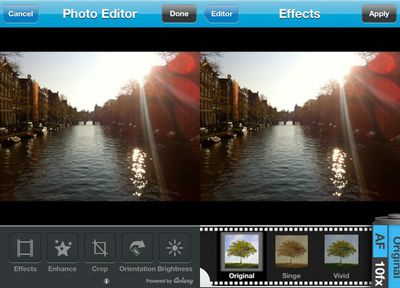
 The number of industries that Apple is disrupting with the iPhone and iPad is growing by the day. Amtrak, the government-owned American passenger railroad company, has
The number of industries that Apple is disrupting with the iPhone and iPad is growing by the day. Amtrak, the government-owned American passenger railroad company, has 

 Evernote, the notetaking and archiving service,
Evernote, the notetaking and archiving service, 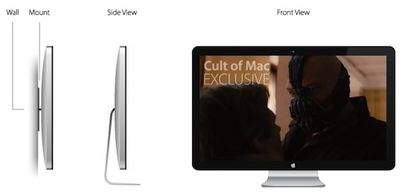
 Two weeks ago, Adobe
Two weeks ago, Adobe 
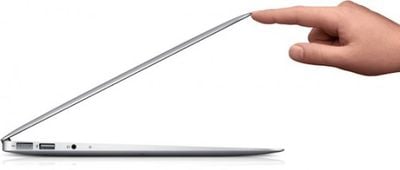

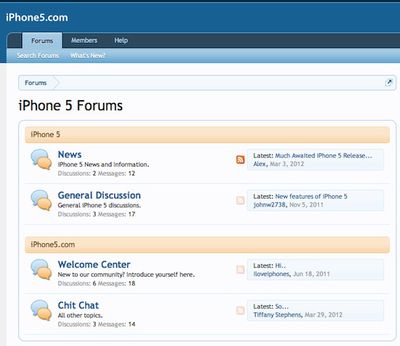
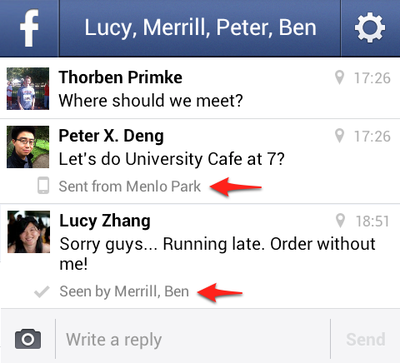
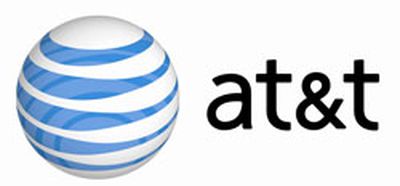 Speaking at a conference this week, AT&T CEO Randall Stephenson noted that he only had one regret about AT&T being the first cellular carrier to support the iPhone. As
Speaking at a conference this week, AT&T CEO Randall Stephenson noted that he only had one regret about AT&T being the first cellular carrier to support the iPhone. As 
